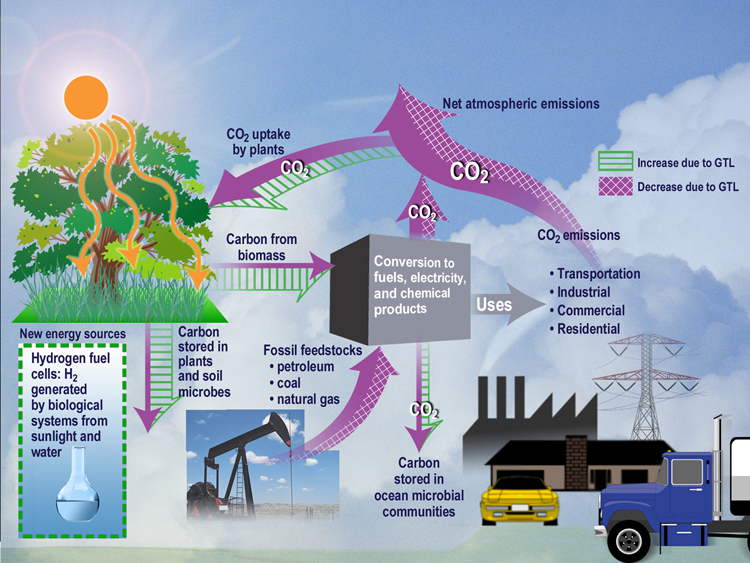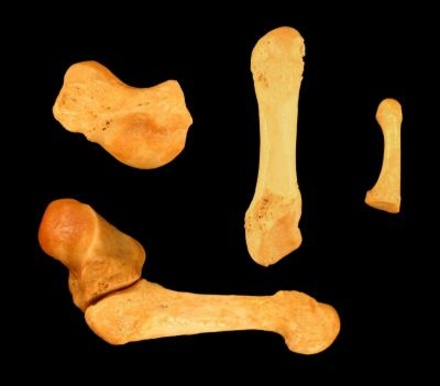 Heated Research On The Origin Of Life In Warm Waters And Ernesto Di Mauro
Heated Research On The Origin Of Life In Warm Waters And Ernesto Di MauroWho's Ernesto Di Mauro? He is Professor of Molecular Biology at the Department of Genetics and...
 The Physics Of Love
The Physics Of LoveJim Croce, whose major was psychology in Villanova University, perhaps, had a minor ...
 Science 2020: Motherhood, Clean & Sustainable
Science 2020: Motherhood, Clean & SustainableTHE QUESTION IS "What Will The Next Decade Bring In Science?" The answer is both obvious...











